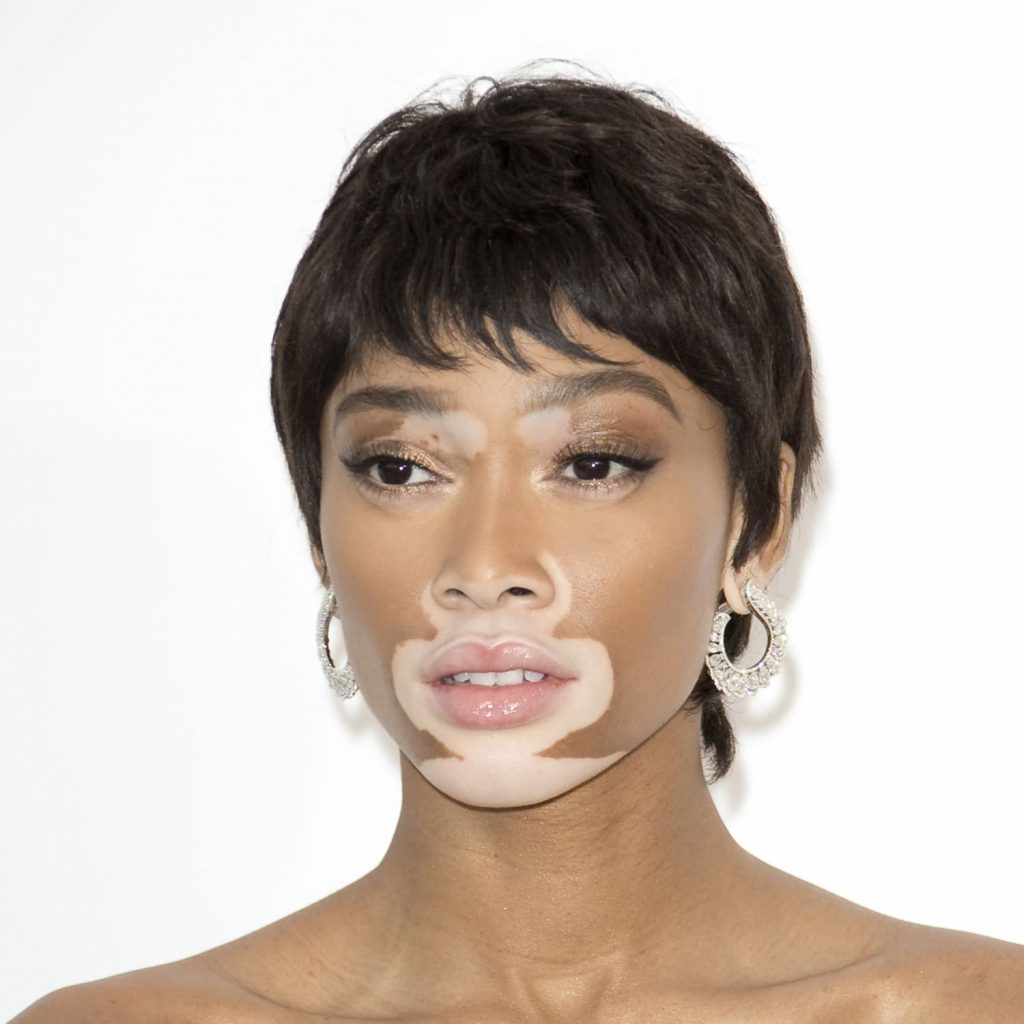By Laura Cenge
You must have seen people moving around with a different skin complexion and wondered to yourself what could this person is suffering from?
This condition is called Vitiligo, this is a long-term condition in which the pigment-producing cells die. This is appearing like discolored patches on the skin, in different areas of the body like the neck, fingers, mucous membranes, and even in the hair. This condition makes the skin become pale and very vulnerable to sunburn.
Individuals with this condition tend to have whiter skin at the center of the patch and around it, and if there are blood vessels under the skin, the patch tends to be slightly pink than white. Vitiligo is not associated with causing discomfort to the skin like dryness but it occasionally causes itchiness.
Vitiligo varies from person to person; some individuals may get a few white patches on their skin and in different parts of the body while others get bigger white patches that do join up across different areas of the skin.
The condition is categorized into two types, on-segmental and segmental vitiligo. With non-segmental vitiligo, the patches tend to appear on both sides of the body as symmetrical white patches. It appears on the back of the hands, arms, skin around the body opening like the eyes, knees, elbows, and feet. This is also the most common type among individuals suffering from this condition. According to the National Health Service (NHS),9 out of 10 people are affected by this condition.
Type two of this condition is segmental vitiligo, in which the white patches only affect one part of the body. This type of vitiligo is less common however it is said to be more common among children which are 3 out of 10.
People who are most likely to develop non-segmental vitiligo are people who have a history of the condition in the family. If there is a family member that has once had this condition, then there is a possibility that one person from the family may get it. If at all you also have changes in your genes that are known to be linked to non-segmental vitiligo, chances are that you may develop this condition.
Vitiligo can also be triggered by particular events such as stressful events like childbirth, exposure to certain chemicals that may be used at work, and skin damage like severe sunburn or cuts. More to note is that vitiligo is not an infection and cannot be transmitted from one person to another.
There is no treatment for this condition present but is only to help reduce the appearance of the individual’s body. If the patches are relatively smaller, a skin camouflage cream can be used to cover them up. Steroid creams can also be used to restore the skin pigments although if it is used for a long term, it causes stretch marks and thinning of the skin. If the creams do not work out, phototherapy which is treatment with light can be used for treating this condition. All this is treatment but the treatment cannot stop the condition.
Patients with vitiligo are also encouraged to make good use of sunscreen to avoid sunburn. Problems like confidence and self-esteem are a big issue among these individuals especially if the patches are in visible areas of the skin. However, living with vitiligo does not stop one from achieving what they want to do in life. We have seen them become models and some have developed the condition in the due course of their life. An example of a celebrity figure living with vitiligo is the famous Leleti Khumalo, the main actress in the movie Sarafina.
Together, let us create a safe space and environment for our brothers and sisters living with vitiligo.
Trending
- Mwesigye elected UCU Guild President in landslide victory
- Guild election process in high gear
- UCU Teams Set for FISU 3×3 World Cup in China
- UCU Lady Cardinals dominate Isra Academy.
- Road to Eastern Africa University Games: Ugandan Varsities set to Compete
- UCU to Represent Africa in FISU University World Cup 3×3 Basketball
- A closer look at the UCU electoral process—balancing democracy and fairness
- Rebuilding trust in journalism in the age of AI


